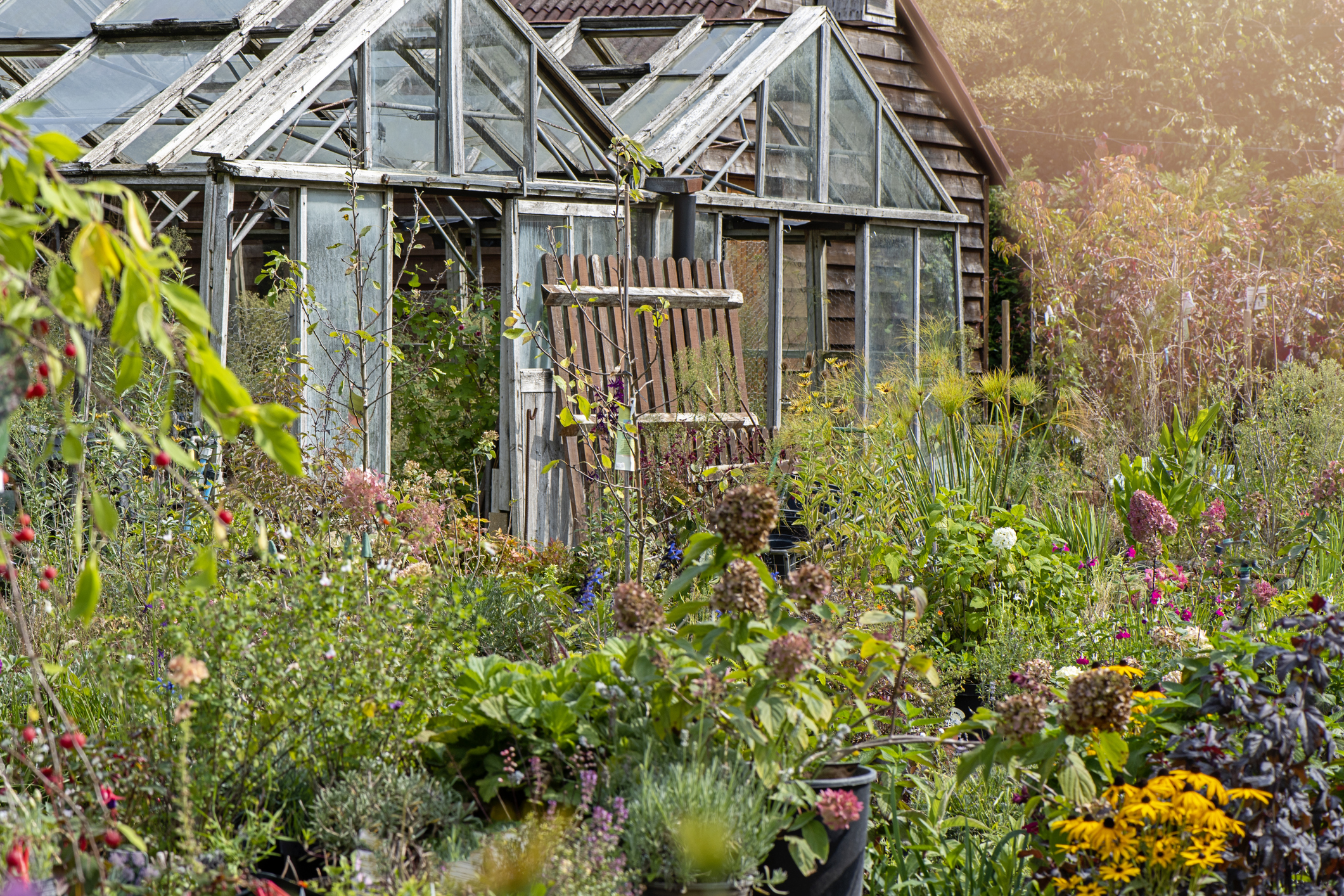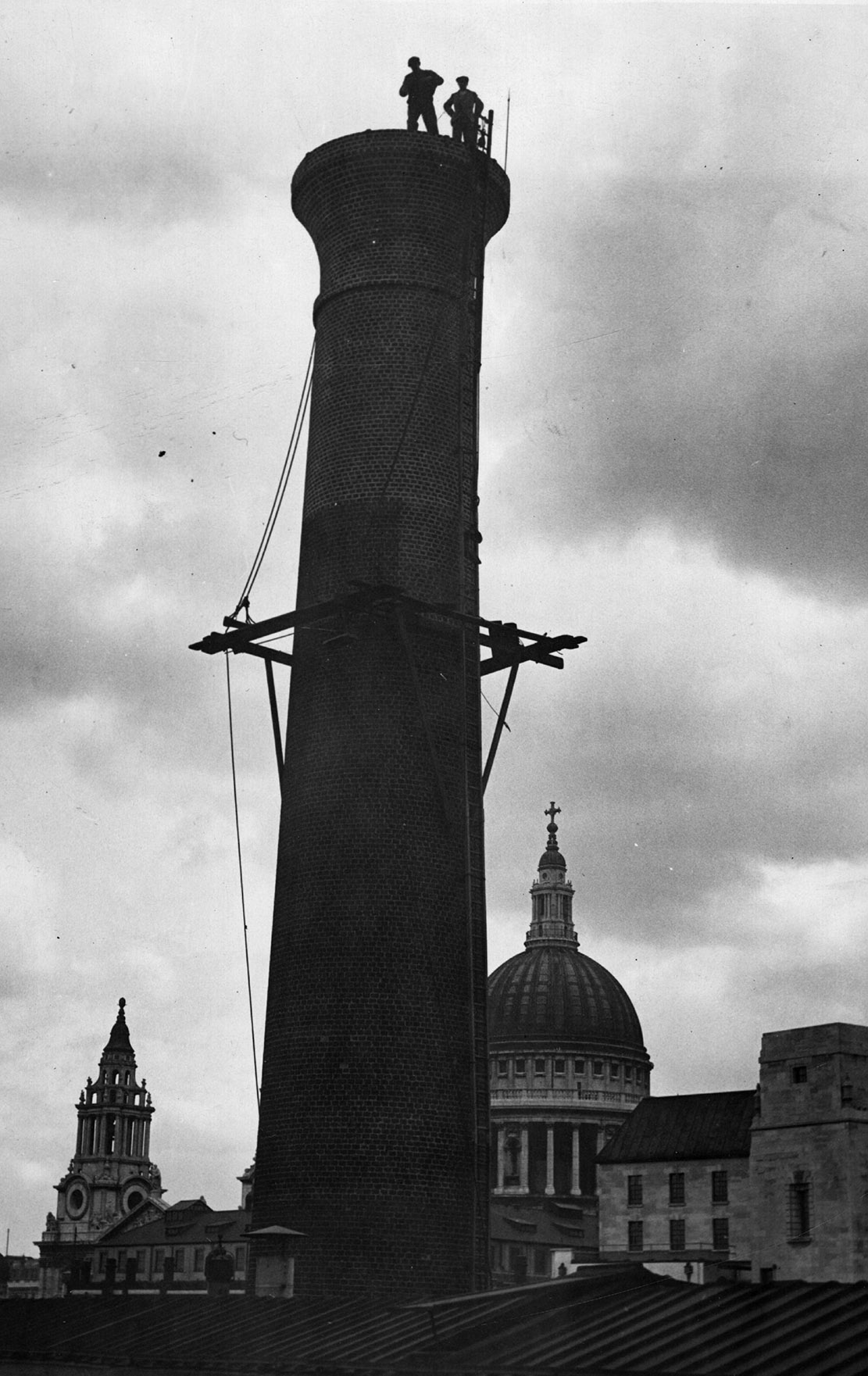Jason Goodwin: 'My evenings spent sticking the pots together with Gorilla glue have been the most satisfactory of the season'
Jason's restorative handiwork gives him a thrill of satisfaction that no mere purchase could ever hope to equal.

Lockdown arrived three years ago, along with a heatwave: I see the boys tinkering with bikes in the garden, Izzy and me making cucumber frames out of old windows. Not, admittedly, for usefulness alone, for, although a productive vegetable garden has a beauty of its own (plants in serried rows, like buttons on a card; beanpoles and wigwams breaking the skyline), I treasure a Platonic archetype of the ideal. It is inspired and buttressed by the astounding gardens at West Dean, for example, where we used to live, hemmed in by sunken glasshouses made by Foster & Pearson in the 1890s; or my aunt’s potager in a Wiltshire village, set about with crooked apple trees; or a display at the Haslemere Museum of Helen Allingham’s impossibly charming Surrey cottages, with the housewife at her gate and children spilling like phlox into the rutted track.
My earliest and deepest inspiration comes from Beatrix Potter’s illustrations of the world’s most famous potager, a paradise rife with beauty, danger, parsley and fresh carrots. Detailed over three books, including The Tale of the Flopsy Bunnies, Mr MacGregor’s exemplary vegetable garden presents, among other features, a small pond, a cucumber frame, a brick wall, a shed full of pots and galvanised watering cans, half an acre of cabbage and an old pear tree.
"I hardly think gardening has known such satisfaction since Mr Foster first clasped hands with Mr Pearson"
Therefore, in the hours spent this past week or two filling trays with seed, I’ve been sustained by a late-summer vision, animated by the cawing of rooks and the flutter of pigeons in the beeches, the artful rake leaning against a wall, the spade thrust meaningfully into the ridges of the potato patch, the galvanised watering can brimful on the path and all the other pleasant clichés of the garden at evening.
We were actually making do with chimney pots for the rhubarb, until Kate secured a bargain at auction: three battered and voluminous forcers, some 3ft tall, that might have issued from a walled vegetable garden furnished by Foster & Pearson themselves. Merely looking at them raised my game to F&P level and, for sheer pride, I stood them out by the drive, clustered together like beehive houses for neolithic midgets. Pride, in Lent, should be held in check, or else it may be curbed for you.
A nameless friend, who for convenience I will call V, for Veronica, came in a van for lunch and left by backing over all three pots, leaving them shattered into heaps of various sizes, from dinner plate to microflake.
I like to remember the Ottoman pasha recorded by Edward Lear who, when Lear had trampled all over his amber-smoking apparatus, merely waved a hand and declared that, although, in ordinary circumstances, the breaking of his mouthpiece would be unfortunate, in a friend, every action has a charm. So when I ran into V a week later and she told me she was looking for forcers to replace those that broke under her wheels, I was able to ape the pasha. The evenings I’d spent sticking the pots together with Gorilla glue and Milliput had been, in a way, the most satisfactory of the season, on a par with the halcyon days of early lockdown.
The Japanese know all about it: they fix broken china with a thread of gold, which enhances the beauty of the piece and adds to its story. They call it kintsugi. I skipped the gold — the more robust terracotta pots required clamps and glue — but, in the end, I love them even more than before. They are now my work, the making of my own hand and eye, and I hardly think gardening has known such satisfaction since Mr Foster first clasped hands with Mr Pearson.
Exquisite houses, the beauty of Nature, and how to get the most from your life, straight to your inbox.

Credit: Alamy
Jason Goodwin: The price of Absolute Power? Turns out it's £250 a week +VAT
An unforgettable week at the controls of a metal monster goes to Jason Goodwin's head.

Jason Goodwin: 'Kieth knew three men who died by falling — it would have been four if he and his mate hadn’t caught the fellow as he toppled from the oversail'
Jason Goodwin tells the tale of his friends Kieth and Maureen Cockroft: roofers, tilers, trailblazers and Hell's Angels.

Credit: Getty Images
Jason Goodwin: 'My friend was puzzled to discover me up a stepladder, cradling my airgun and scanning vegetable beds'
Jason Goodwin takes on the rats, and loses.

Jason Goodwin: In memory of Norman Stone, my tutor, guide, world traveller — and friend
Jason Goodwin pays tribute to an old friend and mentor.